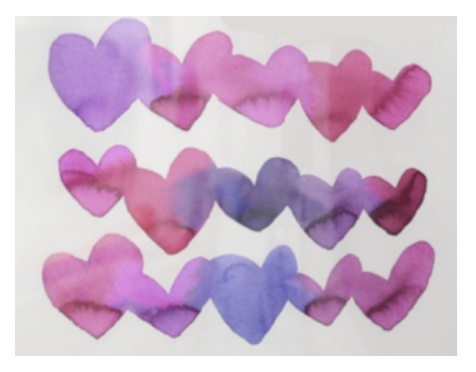This post answers the most common questions I have received about arranging consonants on a sound wall. I hope the answers in this quick guide are helpful to you!
Sound Wall: CONSONANTS
Question: How are consonants represented on a sound wall?
Answer: Consonants are categorized as nasals, stops, fricatives, affricates, liquids and glides, as shown below. These categories refer to the way the sound is made. For example, some sounds are formed with bursts of air, while others are a smooth sound. Some have a nasal sound (try making the sound with your nose plugged!) Some sound like they have two sounds together; say /x/ slowly and you can hear a /k/ and an /s/ sound together.

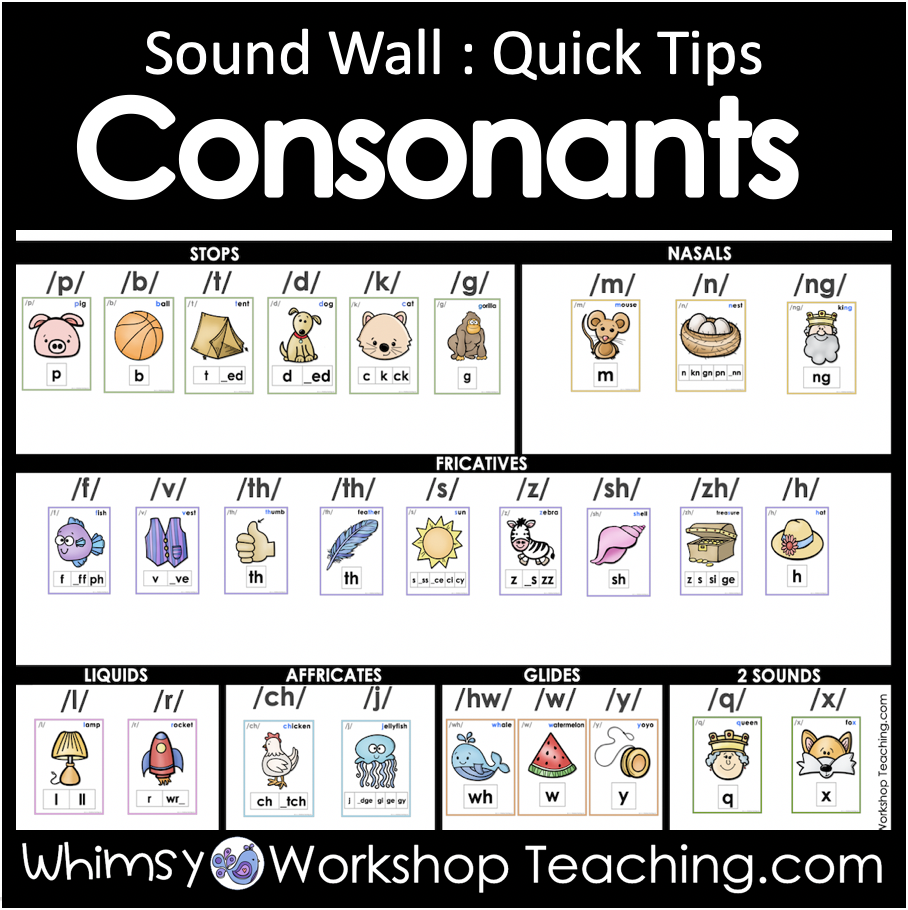
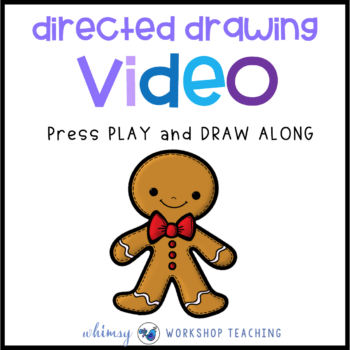

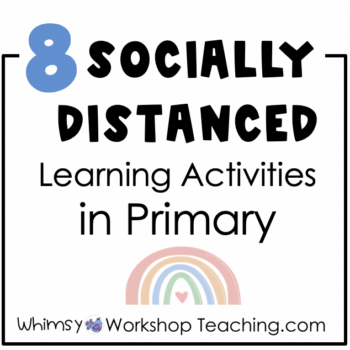
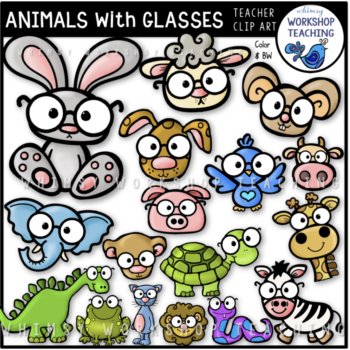 Animals With Glasses
Animals With Glasses  Best Friends Kids and Animals
Best Friends Kids and Animals 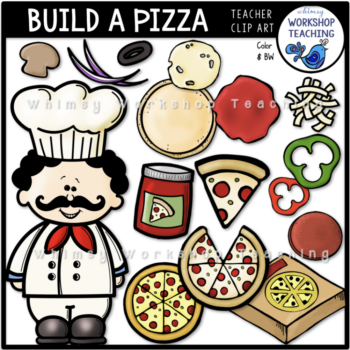 Build A Pizza
Build A Pizza 